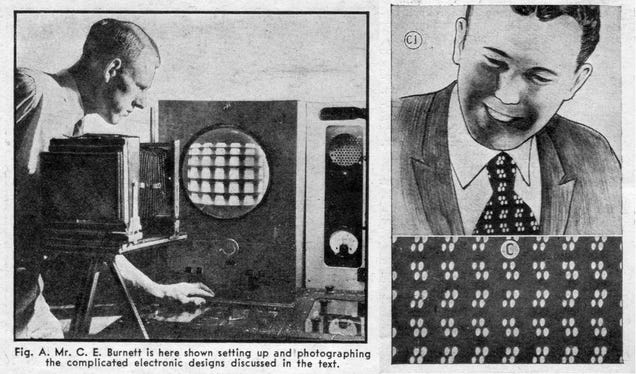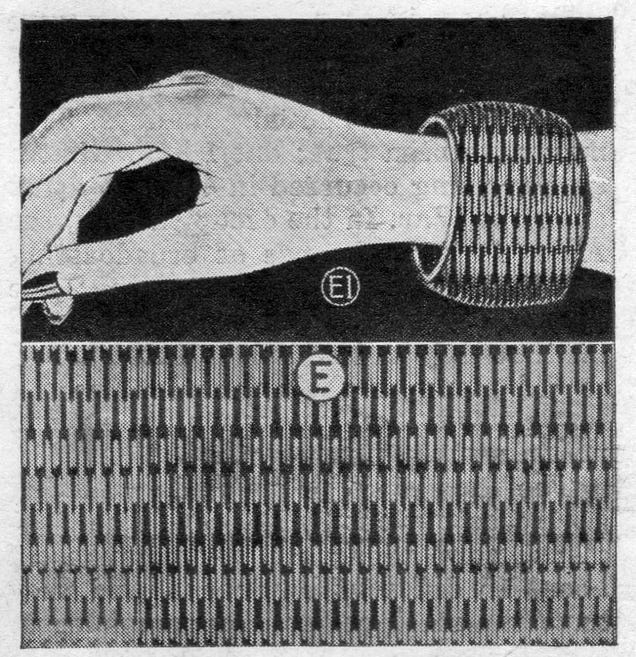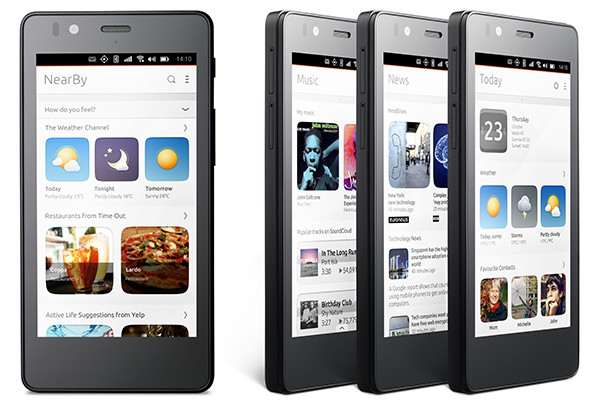Via PC World
-----

Remember when the Internet was just that thing you accessed on your computer?
Today, connectivity is popping up in some surprising places: kitchen
appliances, bathroom scales, door locks, clothes, water bottles… even
toothbrushes.
That’s right, toothbrushes. The Oral-B SmartSeries is billed as the
world’s first “interactive electric toothbrush” with built-in Bluetooth.
Whatever your feelings on this level of connectivity, it’s undeniable
that it’s a new frontier for data.
And let’s face it, we’re figuring it out as we go. Consequently, it’s
a good idea to keep your devices secure - and that means leveraging a
product like Norton Security,
which protects mobile devices and can help keep intruders out of your
home network. Because, let’s face it, the last thing you want is a
toothbrush that turns on you.
Welcome to the age of the Internet of Things (IoT for short), the
idea that everyday objects - and everyday users - can benefit from
integrated network connectivity, whether it’s a washing machine that
notifies you when it’s done or a collar-powered tracker that helps you
locate your runaway pet.
Some of these innovations are downright brilliant. Others veer into
impractical or even unbelievable. And some can present risks that we’ve
never had to consider before.
Consider the smart lock. A variety of companies offer deadbolt-style
door locks you can control from your smartphone. One of them, the August Smart Lock,
will automatically sense when you approach your door and unlock it for
you, even going so far as to lock it again once you’ve passed through.
And the August app not only logs who has entered and exited, but also
lets you provide a temporary virtual key to friends, family members, a
maid service, and the like.
That’s pretty cool, but what happens in the event of a dead battery -
either in the user’s smartphone or the lock itself? If your phone gets
lost or stolen, is there a risk a thief can now enter your home? Could a
hacker “pick” your digital lock? Smart lock-makers promise safeguards
against all these contingencies, but it begs the question whether the
conveniences outweigh the risks. Do we really need the Internet in all
our things?
The latest that-can’t-possibly-be-a-real-product example made its debut at this year’s Consumer Electronics Show: The Belty,
an automated belt/buckle combo that automatically loosens when you sit
and tightens when you stand. A smartphone app lets you control the
degree of each. Yep.
Then there’s the water bottle that reminds you to drink more water.
The smart exercise shirt your trainer can use to keep tabs on your
activity (or lack thereof). And who can forget the HAPIfork, the “smart”
utensil that aims to steer you toward healthier eating by reminding you
to eat more slowly?
Stop the Internet (of Things), I want to get off.
Okay, I shouldn’t judge. And it’s not all bad. There is real value in - and good reason to be excited about - a smart basketball that helps you perfect your jump shot. Or a system of smart light bulbs designed to deter break-ins. Ultimately, the free market will decide which ones are useful and which ones are ludicrous.
The important thing to remember is that with the IoT, we’re venturing
into new territory. We’re linking more devices than ever to our home
networks. We’re installing phone and tablet apps that have a direct line
not just to our data, but also our very domiciles.






